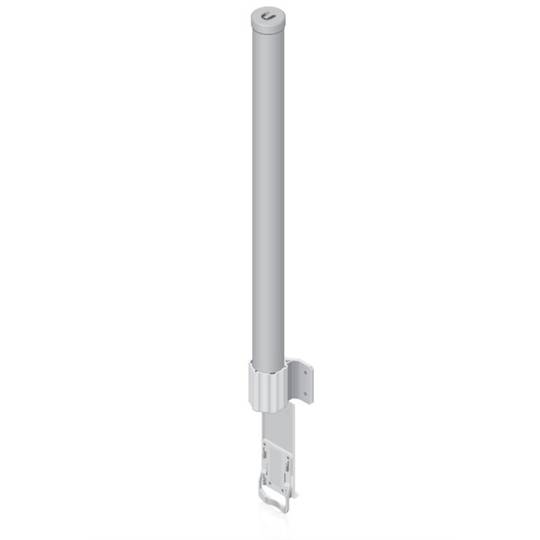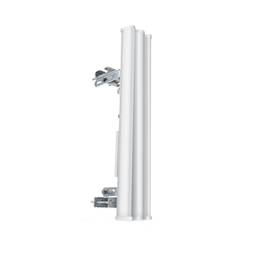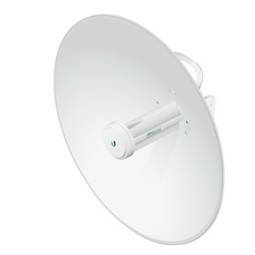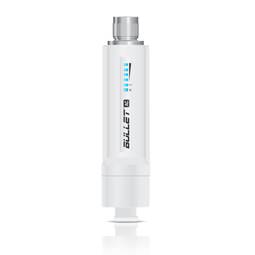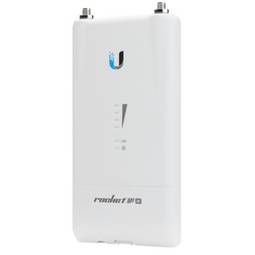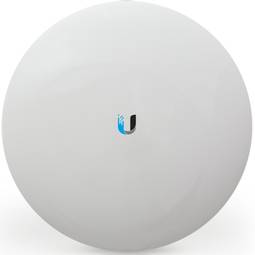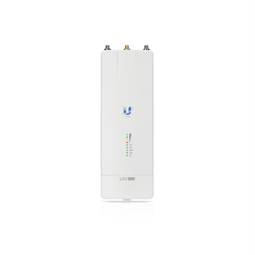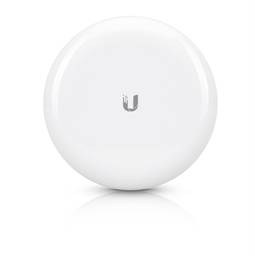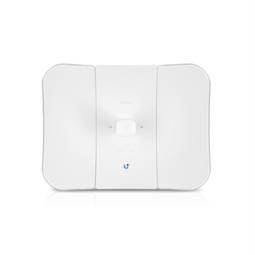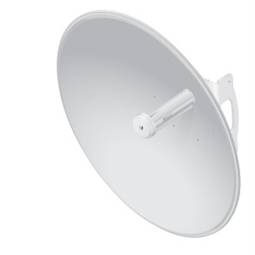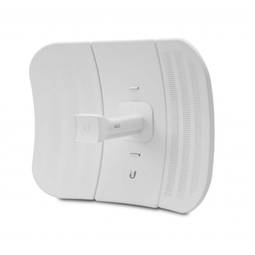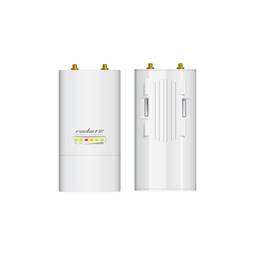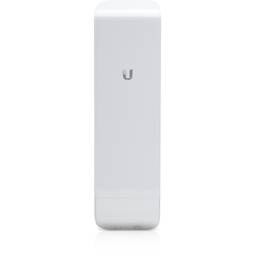12/22/2025 11:12 p.m.
https://cablematic.com/en/products/ubiquiti-airmax-amo-2g10-24ghz-antenna-with-10dbi-360deg-range-UI139/
https://cablematic.com/en/products/ubiquiti-airmax-amo-2g10-24ghz-antenna-with-10dbi-360deg-range-UI139/
Ubiquiti AirMax AMO-2G10 2.4GHz Antenna with 10dBi 360° Range
REF: UI139
Specifications
- Ubiquiti Networks AMO-2G10
- Antenna gain (max): 10 dBi
- Band frequency: 2.35 - 2.55 GHz
- Horizontal Beamwidth (2.4GHz): 12°
- Antenna type: Sector antenna
PVP
€215.13
Price including VAT:
€215.13
PVD
€174.62
PVP: Retail price.
Check conditions.
PVP: Sale price to distributors.
Check conditions.
warranty
returns
safe
We will notify you when it is back in stock.
Specifications
- Ubiquiti Networks AMO-2G10
- Antenna gain (max): 10 dBi
- Band frequency: 2.35 - 2.55 GHz
- Horizontal Beamwidth (2.4GHz): 12°
- Antenna type: Sector antenna
More info
Ubiquiti sector antenna with a maximum gain of 10 dBi and a band frequency between 2.35 and 2.55 GHz. It has a horizontal beam angle of 12°, a dual polarization, a voltage standing wave ratio (VSWR) of 1.7: 1, a width of 1030 mm, a depth of 122 mm and a height of 84 mm. Comes in a 1 piece pack. Manufactured by Ubiquiti with reference AMO-2G10.
Specifications
- Ubiquiti Networks AMO-2G10
- Antenna gain (max): 10 dBi
- Band frequency: 2.35 - 2.55 GHz
- Horizontal Beamwidth (2.4GHz): 12°
- Antenna type: Sector antenna
- Polarization: Dual Polarization
- Voltage Standing Wave Ratio (VSWR): 1.7:1
- Width: 1030mm
- Depth: 122mm
- Height: 84mm
- Quantity per package: 1 pc(s)
- Ubiquiti manufacturer reference: AMO-2G10
- Ideal for: providing long-range connections in line-of-sight environments.
- Compatibilities: Wireless Local Area Networks (WLAN)
- Connections: RP-SMA female connectors
- Features: robust and weather resistant design
- White color
- Technology: 802.11 b/g/n/ac
- Gross Weight: 2.0 kg
- Number of packages: 1
Technical terms
- Hz
- dBi
- Wifi
Hz
One hertz is one cycle per second, meaning repeating cycle as an event. For example, hertz is applied physics measuring the number of times for a second wave (either acoustic or electromagnetic) is repeated or can be applied, among other uses, to ocean waves that reach the Beach vibrations per second or a solid. The quantity that measures the frequency hertz is called,in this regard, the inverse of the period. One hertz is an oscillation frequency of suffering a particle over a period of one second.




